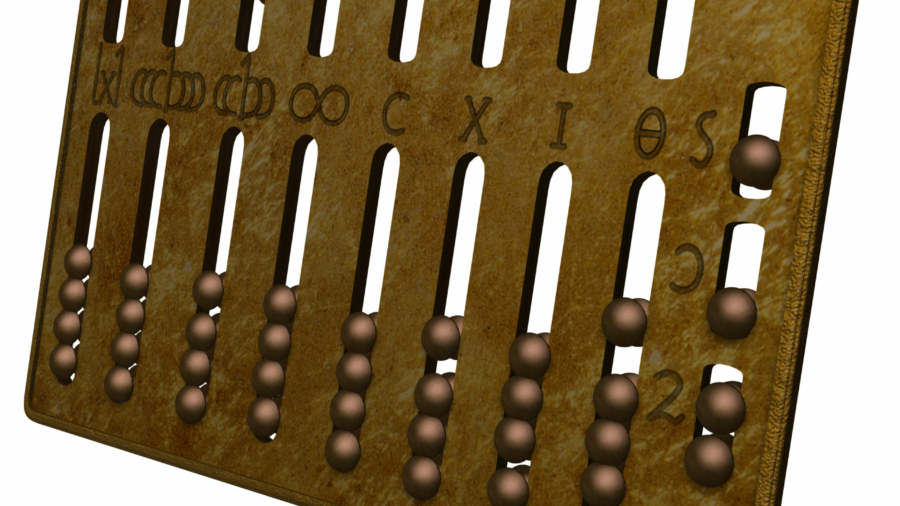The evolution of computers is a fascinating journey that has revolutionized the way we live, learn, and work. From the primitive abacus to the advanced artificial intelligence, computers have come a long way. This article explores the history of computers and how they have evolved to become an integral part of our daily lives.
The Abacus: The First Computing Device
The abacus is the oldest computing device that dates back to 300 BC in China. It consists of beads or stones that slide along rods or wires. It was used for simple arithmetic calculations and made of wood or bronze. Though it may seem primitive in comparison to modern-day computers, the abacus laid the foundation for the development of advanced computing machines.
The First Mechanical Calculating Device
In 1622, an English mathematician named William Oughtred invented the first mechanical calculating device that used a sliding rule. This was a significant leap from the abacus as it could perform addition and subtraction, multiplication, and division. Besides, it could handle decimals and logarithms, making it a valuable tool for scientists, engineers, and mathematicians.
The Birth of the Computer
The computer, as we know it today, came into being in the 1800s. The first programmable computer was invented by Charles Babbage, a British mathematician. He designed it to perform calculations automatically and accurately. However, the computer was never completed during his lifetime, and it wasn’t until the mid-1900s that the first electronic computer was developed.
Electronic Computers
In 1937, John V. Atanasoff and Clifford Berry developed the first electronic computer that used binary code. It was called the Atanasoff-Berry Computer (ABC) and was designed to solve linear equations. However, it was never developed beyond its prototype stage.
It was not until 1943 that the first electronic computer was developed, called the Colossus. It was developed by British engineer Tommy Flowers and used to break German codes. In 1945, the Electronic Numerical Integrator and Computer (ENIAC) was developed by J. Presper Eckert and John Mauchly. It was the first general-purpose electronic computer and was used for scientific and military applications.
The Modern Computer Age
The development of the microprocessor in the 1970s marked the beginning of the modern computer age. The microprocessor is a single chip that contains the central processing unit (CPU), memory, and input/output controls. This made it possible to develop small and affordable personal computers that could be used by individuals and businesses.
The development of the internet in the 1990s added another dimension to the evolution of computers. It created a global network that enabled people to access information and communicate with each other. The internet paved the way for e-commerce, social media, and online learning.
Artificial Intelligence
The latest phase of computer evolution is artificial intelligence (AI). It refers to the ability of machines to learn and perform tasks that would typically require human intelligence. AI technology is used in various fields, including medicine, finance, and security. AI-powered robots and self-driving cars are examples of advanced applications of AI.
In conclusion, the evolution of computers has been an exciting and game-changing journey. From the abacus to AI, computers have come a long way, and the sky’s the limit for what’s to come next. The future of computers is undoubtedly exciting, and we can’t wait to see what innovations lie ahead.

